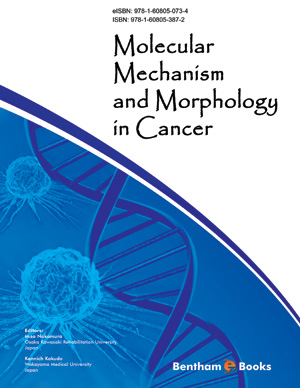Abstract
Recently a unique cell death caused by microwaves was reported as a new type of cell death by our group. This paper explains about cell death caused by microwaves and its similarity to radiofrequency ablation (RFA), in clinical use for cancer therapy, and compares it with other forms of cell death (oncosis, apoptosis, programmed cell death, caspase-independent cell death, and autophagy). Microwave cell death (MCD) and radiofrequency ablation cell death (RFACD) are characterized by a well-preserved morphology and antigenicity for a long period under light microscopic examination, which differ from other known forms of cell death. We have pointed out the loss of enzyme activity and abnormal DNA electrophoresis in MCD. Until this discovery, it was difficult for pathologists to evaluate whether carcinoma was viable or not after microwave coagulation therapy (MCT) or RFA therapy, when a tissue biopsy specimen was processed under routine tissue preparation for histological or cytological diagnosis, such as formalin fixation, paraffin embedding, and hematoxylin-eosin staining or ethanol fixation and Papanicolaou staining, respectively. New criteria using enzyme histochemistry or other molecular methods are essential to evaluate the therapeutic effects in MCD or RFACD.






















